Have you ever considered submitting a project to LEGO Ideas? If yes, did you ever wonder how you can improve your chances of reaching the 10,000-supporter milestone, and ultimately getting your project approved to become the next LEGO Ideas set? It certainly feels like a daunting task to design, build, submit, and promote an idea for a future LEGO set that both LEGO fans and LEGO designers would stand behind. Recently, the LEGO Ideas team gathered the collective wisdom of LEGO designers Mark Stafford, Sam Johnson, Mathew Boyle, and Adam Corbally to share some of their best advice, as well as what you, as a fan designer, can expect of the LEGO Ideas process. The tips and tricks are shared in a four-part video-series, which you can watch below. I have also included a short summary of each episode for your reference. 🙂
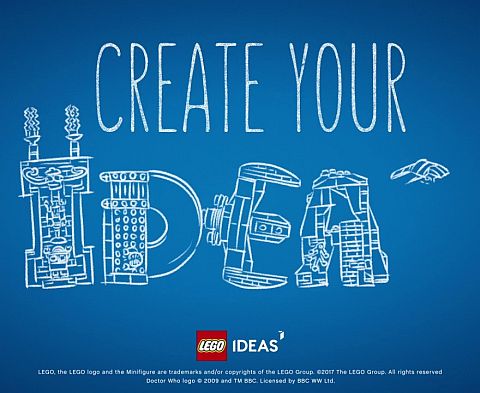
➡ SAGE ADVISE FROM SAVVY DESIGNERS – PART 1: In this episode, LEGO designer Mark Stafford talks about the importance of keeping your project in line with LEGO’s values, and being realistic about what the company can produce as an official LEGO set. If you have been around LEGO long enough, you know the kind of sets and themes they like to release, and it’s also a good idea to read the LEGO Ideas Project Guidelines & House Rules for further reference. Also in this episode, Mathew Boyle talks about listening to feedback and accepting constructive criticism from the LEGO fan community during the voting phase. You can tweak your project based on the comments you receive, and give it a better chance of getting approved.
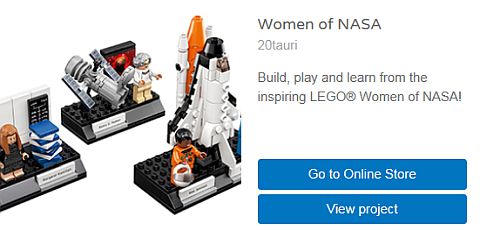
➡ SAGE ADVISE FROM SAVVY DESIGNERS – PART 2: In this episode, LEGO designer Adam Corbally and Sam Johnson continue to discuss the importance of accepting criticism and feedback in order to improve your project. Keep in mind that LEGO’s own designers go through the same feedback-gathering process from their colleagues, and they also test new sets and themes with children, who tend to be the harshest critics. You can even begin gathering feedback from friends, family, coworkers and other LEGO fans to see what they think of your project even before you submit it to LEGO Ideas. Would they support it? Would they buy it? If not, why not? Is there something they feel could be changed? You can incorporate these suggestions into your project to make it even more appealing.
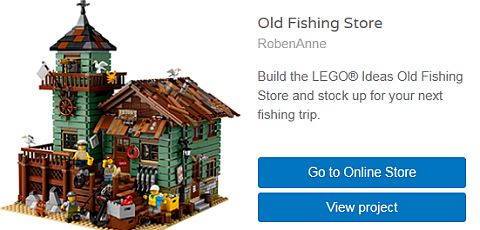
➡ SAGE ADVISE FROM SAVVY DESIGNERS – PART 3: In this episode, Mark Stafford discusses why it’s critical to know more about your audience and what they are looking for. On LEGO Ideas, you can have multiple audiences ranging from LEGO fans to fans of the license/intellectual property you may be using as part of your submission. By applying what you know about your audiences to your project you are more likely to have success. Mark also discusses that LEGO’s own designers and marketers have to work by the same principles, and it can take multiple attempts to get something right. This is why being persistent is important as well. If your project doesn’t make it the first time around, remember that you are always welcome to make improvements and re-submit it.
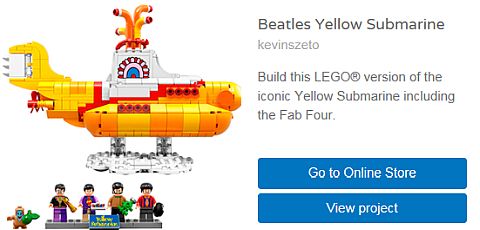
➡ SAGE ADVISE FROM SAVVY DESIGNERS – PART 4: In this last edition of Sage Advice From Savvy Designers, LEGO designers Mark, Sam and Mathew, dive into why it’s important to be able to sell your idea. Your project pitch needs to be clear and concise in order to draw people in.
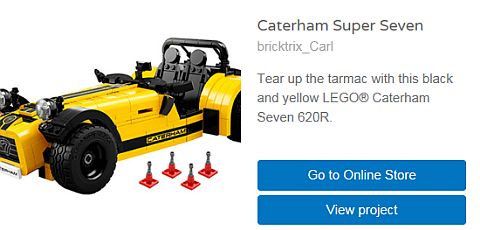
You can watch all episodes in the playlist below. Either let them automatically play one after the other, or use the drop-down menu in the upper left corner of the player to select the episode you would like to watch. Each episode is only a couple of minutes long, but it is full of very valuable and insightful advice.
While this series only includes four short videos, the LEGO Ideas blog also has a number of very informative interviews with LEGO fans who had successful LEGO Ideas projects. I recommend checking those out as well. And you can also see the currently available sets originally designed by LEGO fans under the LEGO Ideas section of the Online LEGO Shop.
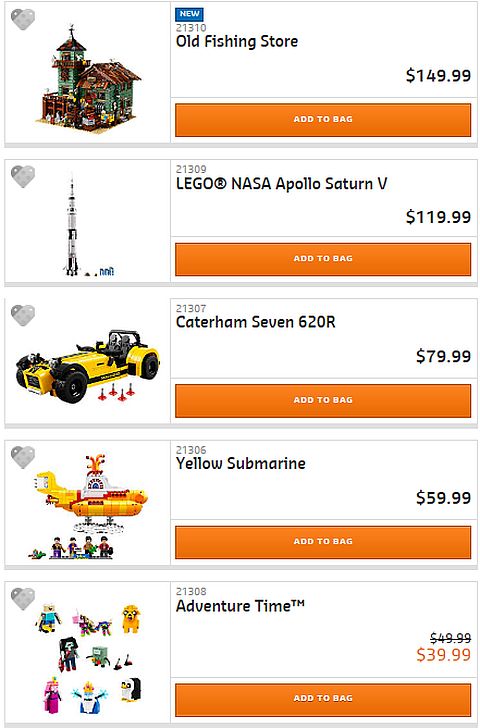
What do you think? Have you considered submitting any of your own models to LEGO Ideas? How did you like these suggestions from LEGO designers? What else would you like to know about the process? And if you have already submitted one or more of your own projects to LEGO Ideas, do you have any of your own tips and tricks? Feel free to share your thoughts and own suggestions in the comment section below! 😉
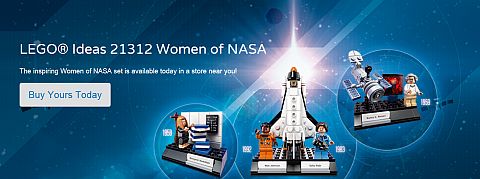
And you might also like to check out the following related posts:












Didn’t this post come up too early, at first?
And I think many of the proposed ideas are too complex and requires too many parts… They’d need simplifying to work better as sets, than Moc’s…
The article did accidentally post yesterday for a brief period, but since the latest episode was released yesterday, I decided to wait a day and add that one too. I agree that many of the submissions are way to complex and/or too big. But if the creator really believes in their project and they think they meet LEGO’s standards and requirements otherwise, it may be worth submitting it anyway and see where it goes. Getting feedback both from other LEGO fans and LEGO directly is immensely valuable. As long as the person is willing to listen to feedback, they can adjust their project accordingly and resubmit it later. I know some project creators who have resubmitted their model several times, each time tweaking it a bit based on feedback. It’s a pretty big deal to have LEGOI produce a fan-submitted idea, so it’s worth putting time into it.
I think they could have done this as one episode. The advice is very valuable and they made some great points, but why chop it up like this? Also, the background music was too loud. B
Yes, a 5-10 minute segment would have probably been better, and I also noticed the music being a bit too loud.
What I don’t understand is why do they keep approving projects that have no chance to be approved even with enough votes. It gives everyone a false expectation, and it also encourages others to keep uploading weird projects.
You mean as proposals, or as reviewed sets?
There is a lot of work in culling, as well, and it’s easy to come across as harsh, for a brand that aims on marketing itself as playful and creative.
That’s a good point about not wanting to come across as too limiting/restrictive from the very beginning. They have gotten better at keeping a good balance between allowing a good variety of projects while also making it clear what is feasible. After all, LEGO is also a business, and LEGO Ideas is a business relationship, while also a creative one. 🙂
wow, this is very helpful, this is my lego ideas project incase you want to look at it
https://ideas.lego.com/projects/e4c188c3-783b-47b1-8c7f-e5b5add5e547/comments_tab